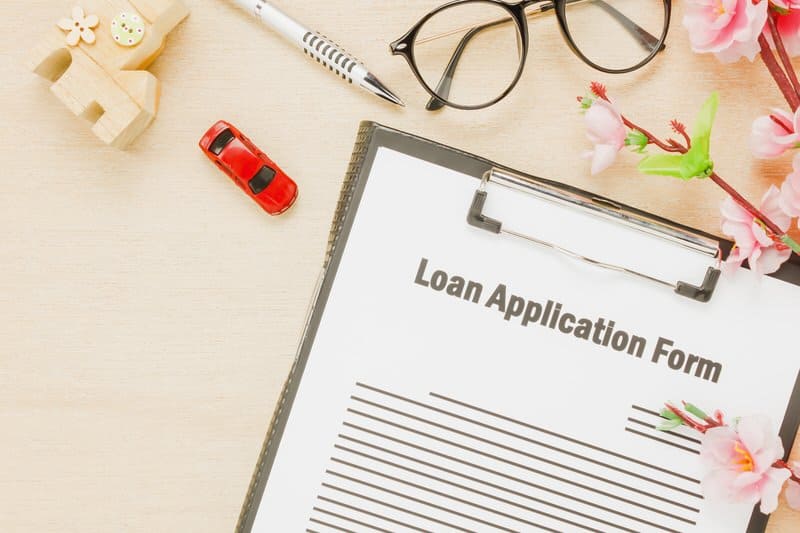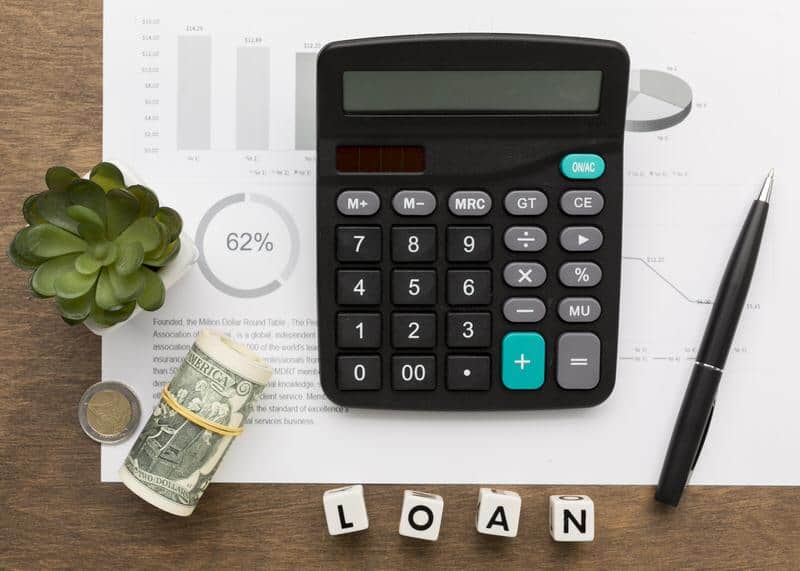Also known as “refi.” It’s a process where an individual or company takes a new loan to pay off an existing one. It’s essentially the replacement of the terms of a current credit agreement. The purpose of refinancing is to enjoy lower interest rates, a favorable payment schedule, reduced payment amount, and other terms of the previous loan.
If you are struggling to pay an existing loan, you can use refinancing to get longer-term and reduced monthly payments. This means that the total amount you will pay at the end of the life of the loan will increase because interest will be paid for a more extended period.
Borrowers mostly use refinancing to take advantage of the favorable changes in the interest rate environment, leading to potential savings on debt payment.
What are the Different Types of Refinancing Options?
Borrowers are always on the lookout for favorable conditions for their loan repayments. There are several options out there for loan refinancing. We are going to discuss some of them below;
Rate-and-Term Refinancing

With this refinancing arrangement, you seek favorable changes like reduced interest rates, the loan term, or both rate and term to an existing loan. This is the most common type of refinancing because the existing loan is replaced without advancing any cash. It’s also known as no-cash-out refinancing.
Suppose there has been a substantial improvement in your credit score. In that case, you will be able to refinance an existing loan and enjoy lower interest rates.
Under a mortgage arrangement, rate-and-term refinancing action is driven mainly by a fall in market interest rates to lower monthly payments. This can be contrasted with cash-out refinance activity driven by increasing house values by homeowners trying to take advantage of their home equity.
The existing loan’s principal balance remains the same, but the interest rate is reduced, and the mortgage terms are more favorable. This type of refinancing would reduce your monthly installments and set a new schedule to help pay off your mortgage faster.
Cash-out Refinancing
You can request a cash-out refinancing when the asset involved in the loan transaction has increased in value. It involves withdrawing the value or equity of the asset in exchange for a higher loan figure. It mostly comes with a higher interest rate.
Rather than sell the asset when the value appreciates on paper, you can access the value. This type of refinancing will increase the loan amount and allow you access to cash while still maintaining the asset’s ownership.
Lenders are responsible for ascertaining how much money you can receive using a cash-out refinancing dependent on bank criteria, your house’s loan-to-value ratio, alongside your credit profile. You may use your cash difference to make big purchases, remodel your home or pay down other debts.
Cash-in Refinancing
As a borrower, you can opt for a cash-in refinancing to help pay down your asset cost and reduce the balance.
The reverse of a cash-out refinancing a cash-in refinance. Having this kind of loan, you pay in extra money, like another down payment. The purpose of this is to reduce your loan amount significantly. Consequently, get to enjoy reduced monthly payments and shorter term to repay your mortgage fully.
The lender makes an offer according to an underwriting analysis. If approved, you will get a new loan that pays off part of the previous loan and locks you into a brand new monthly installment program for the future.
Consolidation Refinancing
This is somewhat an unpopular type of refinancing. A consolidation refinancing may be used when you obtain one loan at a lower rate than the present average interest rate across many credit solutions.
This type of refinancing requires you to apply for a new loan at a lower rate. You then pay off existing debt with the new loan, leaving you with an outstanding principal and considerably lower interest payments.
Corporate Refinancing
Corporate refinancing is the procedure through which an organization restructures its financial obligations by substituting or restructuring existing debts. Corporate refinancing can enhance a company’s financial standing. It can be done when a company is in distress with debt restructuring.
Business refinancing frequently involves calling in older corporate bonds issues, whenever possible, and issuing new ones at lower interest rates.
Types of Loans You Can Refinance

Mortgages are not the only type of loan you can refinance. Below are the types of loans you can refinance.
Student Loans
Student loan refinancing is often used to merge multiple loans into a single payment. For instance, as a new graduate, you may have a debt portfolio that includes personal loans, subsidized federal loans, and unsubsidized federal loans.
Every one of these loans has a different interest rate. The federal and private loans are probably serviced by two lending companies, meaning you need to make two separate payments every month.
You can refinance your loan by using a single lender. You can manage your multiple debts through one company and possibly enjoy lower interest payments.
Credit Card Balance
This is very common around the holiday season. It’s easy to charge expenses and leave them on your card. The card companies understand this, which explains why you’ll often find attractive balance transfer rates earlier in the year.
To get your attention to change to their card, these card companies will entice you with a low introductory rate. Around 0-2% APR for 6-12 weeks on balances transferred from the present card before it jumps to their typical amount, which you can be sure it eventually will.
If you’re able to repay the balance within the period and your credit score qualifies you for the promo, it is undoubtedly worth the shift. Just be conscious of balance transfer fees. Some cards charge; others don’t. Just make sure that the standard rate, terms, and conditions will not put you back farther a couple of months into the new arrangement.
Better still, if you are pleased with your existing card, you can contact the card company and let them know you have been given a better rate offer elsewhere.
Ask if they will lower their rate or include other perks. It works most of the time. You may never know what you would get if you don’t ask.
Auto Car Loan

An auto loan refinancing can be somewhat tricky because interest rates are priced according to risk. The older your car, the more you will pay. That means that refinancing might not save you money.
Most individuals are inconsistent in their automobile loan payments. They owe more than the automobile is worth at a particular stage. Lenders could be unwilling to offer you a “refi” when the car is not worth the loan amount.
Having said that, shop for rates based on the age of the car and call the banks to see whether you’re able to get a much better bargain. Or ask your present bank if they could beat the rate you currently are on.
Caution! Be careful, though, and make sure you are not only reducing your monthly payment only to end up paying a lot more in the long run.
Mortgage
Interest rates for mortgages and home equity loans have dropped considerably lately, with an average rate on a 30-year fixed at 3.34%. The lowest it has been since 1971. Plus, your mortgage is most likely your most considerable expense, so any savings will accumulate considerably.
You need to ensure that closing costs, appraisal fees, and other refinancing fees do not cancel out everything you save by decreasing your interest rate. A general rule of thumb is that the final prices will probably be well worth the savings if it is possible to lower your rate by a minimum of 1%.
Another thing to think about, if you’ve got other high-interest loans, then you can take a lower-interest home equity line of credit to pay them off. I know a few people who did this to handle their student loan debt and over halved what they’d have been required to cover interest!
Small Business Loans
Refinancing company debt is a standard method for most small business owners to boost their bottom line. Government-backed SBA 504 loans, which can be used for buying property and equipment, may also refinance traditional property loans.
Compared to mortgage refinance, switching into different company property loans may often yield lower interest rates and monthly payments. Company owners overwhelmed by debt also use debt consolidation loans to restructure their repayment program.
Any Bank Loan
Some lenders and banks will lower your interest rate if you set up an automatic payment to your loan. They could have particular stipulations like the payment has to come from an account with them. That consideration needs to be put up for direct deposit off your paycheck.
If you’re able to satisfy those requirements, it is a simple way to save just a bit extra. Ask your lender if they have any special offers.
Conclusion
Refi is simply reviewing the terms of your current loan and getting something better. I’m always shopping for better rates for my loans. When I find something attractive, I get more information to make sure there are no hidden clauses that will sink me deeper into debt.
My first move is to reach out to my current lender and ask if they can match or do better than what I found out there. Their response will determine my next move.
These opportunities and more are available for you to take advantage of. I would love to share ideas with you on the best option for refinancing.

